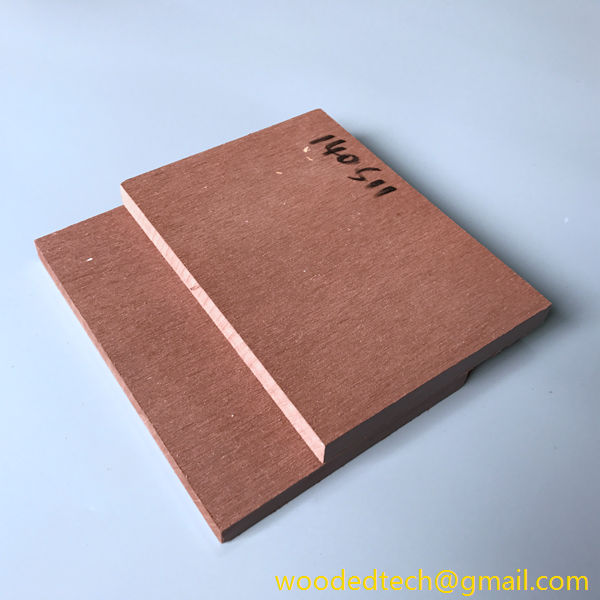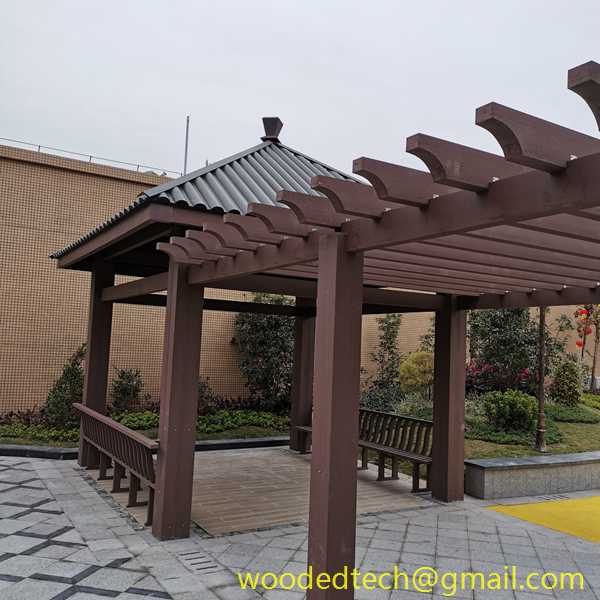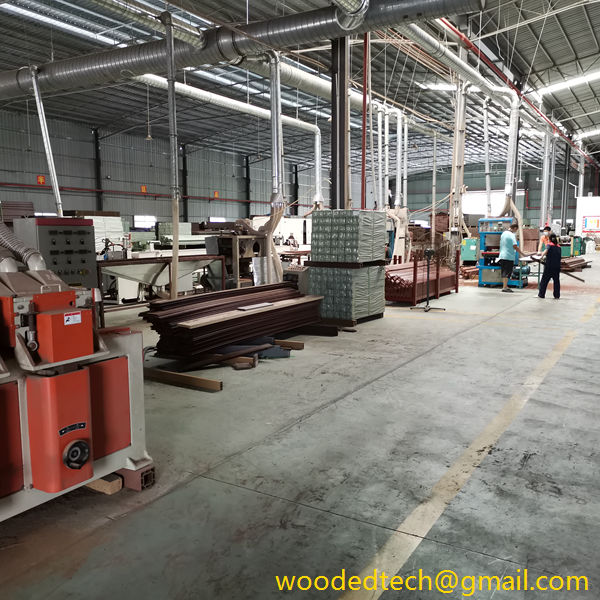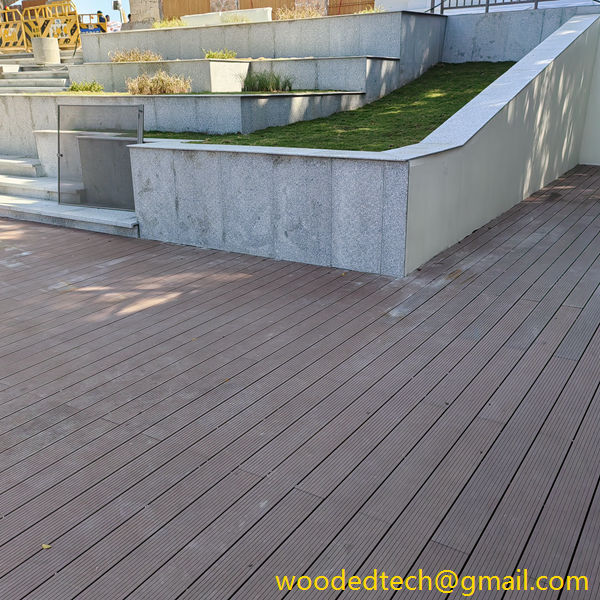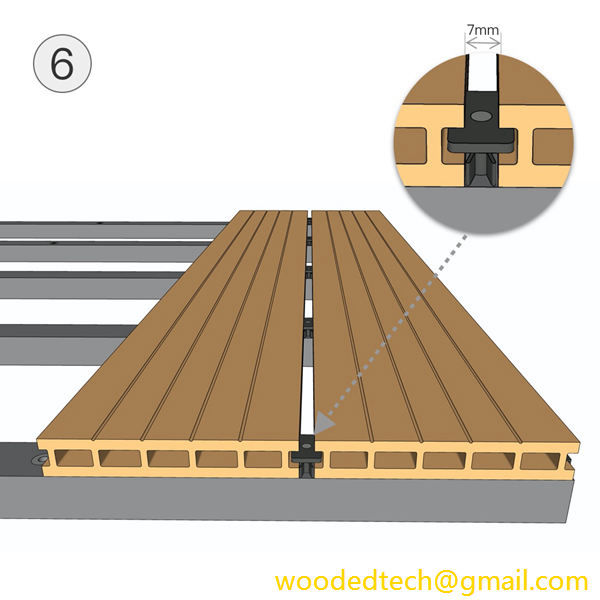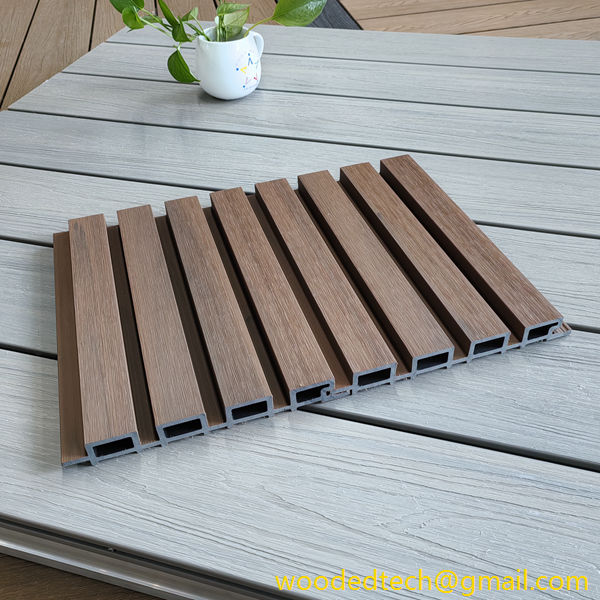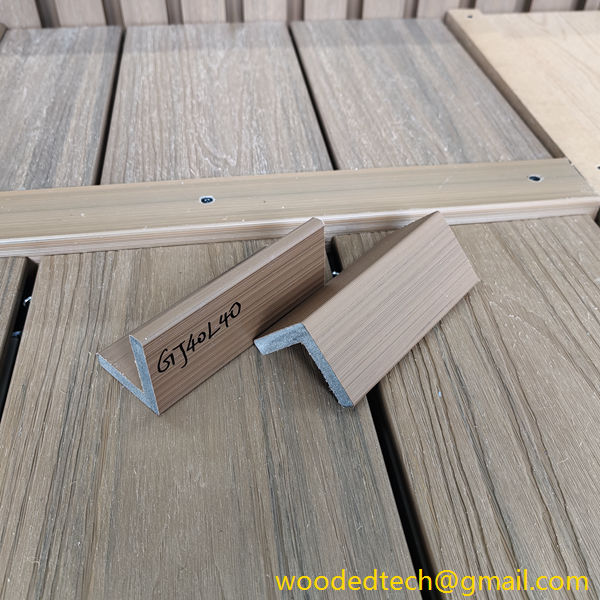WPC Panel Work for Creative Projects
Wood Plastic Composite (WPC) panels have emerged as a versatile and innovative material that has transformed the landscape of creative projects. The unique combination of wood fibers and plastic not only enhances the aesthetic appeal of various applications but also provides durability, sustainability, and ease of maintenance. As the demand for environmentally friendly materials continues to rise, WPC panels have gained traction in multiple sectors, including interior design, architecture, and furniture manufacturing. This article explores the diverse market applications of WPC panels in creative projects, highlighting their benefits and potential for innovation.
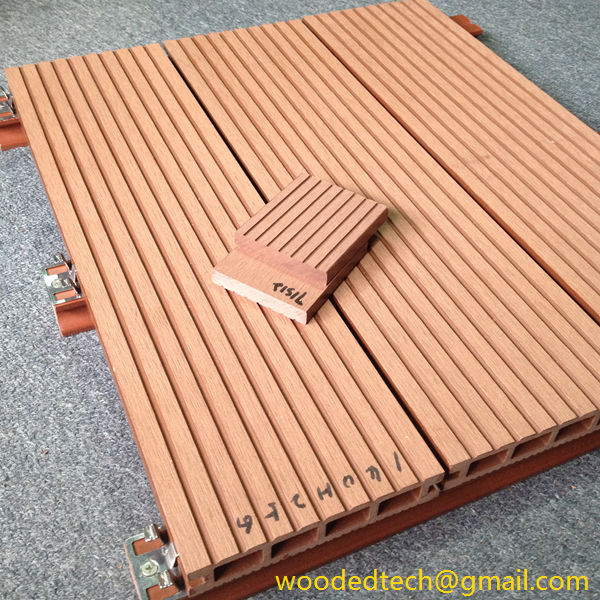
One of the most significant advantages of WPC panels is their adaptability across a wide range of creative applications. In interior design, for instance, WPC panels can be utilized for wall coverings, ceilings, and decorative elements. Their ability to mimic the natural appearance of wood while offering a more durable and moisture-resistant alternative makes them an ideal choice for areas prone to humidity, such as kitchens and bathrooms. Designers can leverage the aesthetic versatility of WPC panels, choosing from various colors, textures, and finishes to create unique and visually appealing spaces.
Furthermore, the lightweight nature of WPC panels simplifies the installation process, making them an attractive option for both professional contractors and DIY enthusiasts. This ease of use can significantly reduce labor costs and project timelines, allowing creative professionals to focus on other aspects of their projects. By incorporating WPC panels into their designs, architects and interior designers can achieve stunning results without compromising on functionality or durability.
In addition to interior applications, WPC panels are gaining popularity in outdoor projects. Their resistance to moisture, UV rays, and insects makes them an excellent choice for outdoor furniture, decking, and fencing. Creative professionals can design beautiful outdoor spaces that are both functional and long-lasting, ensuring that their work stands the test of time. The ability to customize WPC panels further enhances their appeal, as designers can create unique pieces that cater to the specific needs and preferences of their clients.
Moreover, WPC technology has evolved significantly, allowing for greater design flexibility. Manufacturers can now produce panels in various shapes, sizes, and configurations, enabling designers to explore innovative concepts without being limited by traditional material constraints. This opens the door for more imaginative and cutting-edge projects that push the boundaries of creativity. Whether it is a bold architectural feature or a subtle accent in a residential space, WPC panels can be tailored to fit any vision.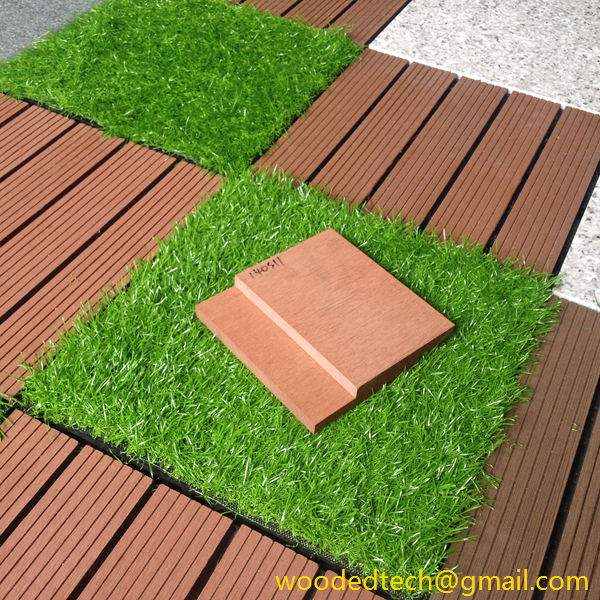
Sustainability is another critical aspect of WPC panels that resonates with modern consumers. As environmental concerns become increasingly prevalent, many individuals and businesses are seeking eco-friendly alternatives to traditional building materials. WPC panels are made from recycled wood fibers and plastic, making them a sustainable choice that helps reduce waste and promote responsible consumption. By opting for WPC panels in their creative projects, designers can align their work with the values of environmentally conscious clients, thereby enhancing their marketability.
In addition to their environmental benefits, WPC panels offer long-term cost savings. While the initial investment may be higher than that of some conventional materials, the durability and low maintenance requirements of WPC panels lead to reduced replacement and repair costs over time. Creative professionals can appeal to budget-conscious clients by highlighting the long-term value of incorporating WPC panels into their projects.
The versatility of WPC panels extends beyond traditional design applications; they are also being embraced in the realm of art and craftsmanship. Artists and craftsmen are experimenting with WPC materials to create unique sculptures, installations, and functional art pieces. The ability to manipulate and mold WPC panels allows for a new level of creativity, encouraging artists to reimagine how they can express their ideas through this innovative medium. By fostering collaboration between designers and artists, the market for WPC panels can expand into new and exciting territories.
As the market for WPC panels continues to grow, it is essential for professionals in the creative industry to stay informed about emerging trends and technological advancements. Innovations in manufacturing processes and material formulations are likely to enhance the performance and aesthetics of WPC panels even further. By keeping abreast of these developments, designers can remain competitive and continue to deliver cutting-edge solutions to their clients.
In conclusion, the market applications of WPC panels in creative projects are vast and varied. Their adaptability, sustainability, and aesthetic appeal make them a valuable resource for professionals in interior design, architecture, outdoor spaces, and artistic endeavors. As the demand for innovative materials continues to rise, WPC panels are poised to play a significant role in shaping the future of creative projects. By embracing the potential of WPC technology, designers and artists can not only enhance their work but also contribute to a more sustainable and environmentally friendly industry. The journey of WPC panels is just beginning, and their impact on creative projects will undoubtedly continue to grow in the coming years.

